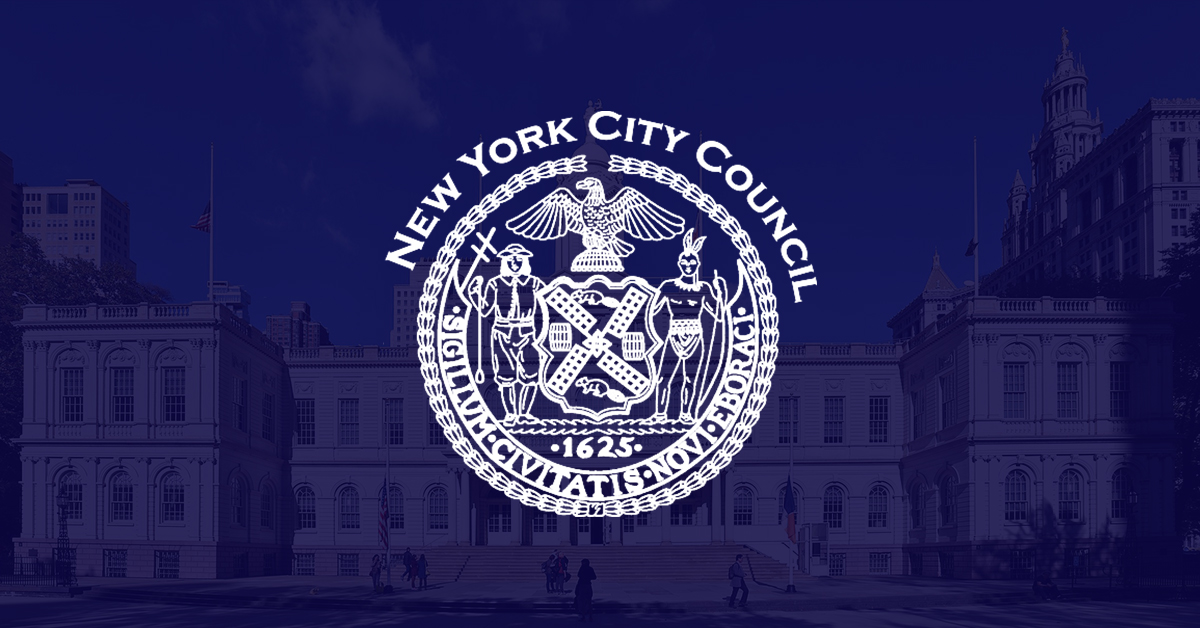Council issues “B” Rating for Parks Department and cites need for increased funding to improve staff capacity and meet public demand
City Hall, NY – Today, the New York City Council released its agency report card for the Department of Parks and Recreation (DPR), the second-ever agency evaluation established by the Council that stemmed from Speaker Adams’ 2024 State of the City proposal. The evaluation issued DPR an overall letter grade of B, acknowledging the agency’s success in maintaining and transforming the City’s parks and green spaces and communicating and collaborating with local community partners, while navigating the difficulties of its financial constraints from constrained budget commitments by the mayoral administration. The report card identified a lack of adequate staffing levels in the department and public transparency regarding its facilities’ availability and improvements. It also recommended a focus on improving parks in environmental justice areas that have disproportionately experienced negative impacts from pollution and lacked equitable access. The report card comes after over a year of direct engagement with the city agency, roundtables involving advocates and stakeholders, and feedback from survey responses.
“The Department of Parks and Recreation plays a vital role in maintaining and providing access to city parks and recreational facilities for all New Yorkers,” said Speaker Adrienne Adams. “In recent budget cycles, the Council has fought to restore budget cuts to the Department and strengthen its capacity to serve our city, but our parks require greater resources. The agency must be recognized and funded by the mayoral administration to fulfill its essential role in our city government. I want to thank Council staff for their work on this report and all those who participated in this effort to improve one of our city’s most critical agencies.”
DPR manages more than 30,000 acres of land, including public pools, athletic fields, cemeteries, playgrounds, beaches, and other green spaces and recreational facilities. Yet compared to other major US cities, New York City allocates much less to Parks in terms of its percentage of the city budget. While the Council’s evaluation found DPR to be a well-run agency overall, it is hampered in fulfilling its mission and responsibilities by underfunding, deprioritization by the mayoral administration, and a lack of interagency coordination. The Council also identified several areas of improvement, including transparency on the progress of capital projects, real-time updates to the public regarding facility and program availability, and collaboration with nonprofit partners.
The Council’s Report Card initiative evaluates city agencies and assigns letter grades based on several pillars, including leadership, strategy, and direction, relationships and collaboration, service delivery, workforce development, and digital government. This second report card follows the Council’s inaugural report on the Department of Veteran Services. The agency report card initiative was first announced in Speaker Adrienne Adams’ 2024 State of the City address, in which she called for enhanced oversight and accountability for city government agencies.
“The NYC Department of Parks and Recreation and the green spaces they maintain play a pivotal role in making our city more liveable, breathable, and beautiful,” said Council Member Shekar Krishnan, Chair of the Committee on Parks and Recreation. “Year after year, they’ve been let down by mayoral promises to fund the department at 1% of the city’s budget, resulting in workers with poor job security and inadequate tools to keep our parks clean and thriving. The State of the City Report Card score of a “B” is indicative of the need for more funding and dedication to our parks.
Among the Council’s recommendations to strengthen the agency’s operations are:
Leadership, Strategy, and Direction
- DPR should release a strategic plan that includes agency priorities, a timeline of accomplishing its goals, and a statement of responsibility.
- Currently, the agency’s previous strategic plans are not up to date, and it is unclear what has and has not been accomplished.
Workforce Development
- DPR should consider identifying and explaining the optimal number of employees it will require to meet its strategic priorities, with caveats for the seasonal nature of their work and requirements for longer-term projects.
- Half of survey respondents strongly disagreed that the Department had the staff needed to support all facilities, programming, and function efficiently.
Relationships and Collaboration
- DPR works in tandem with local and nonprofit community partners to maintain its parkland and facilities and provide programming citywide.
- To improve communication and service delivery, the Department should designate a point of contact for each organization to streamline communication and ensure organizational communication needs are met.
Service Delivery for New Yorkers
- To further its efforts to improve its efforts on transforming parks in under-resourced neighborhoods, DPR should incorporate a focus on improving parkland areas under its jurisdiction in environmental justice areas that have experienced disproportionate negative impacts from environmental pollution.
- DPR should explore partnerships with non-profits and private entities to improve parks users’ access to programs with limited availability (e.g. swim teams, sports teams, summer camps, etc.).
- DPR should utilize social media posts and website banners to improve communication on immediate updates on programming and facility availability.
Financial and Resource Management
- DPR should improve its Capital Project Tracker by enabling the public to see if projects are over, on, or under budget.
- DPR capital projects have often taken much longer than expected, leading them to go over budget. At the same time, the agency’s Capital Projects Division has the highest number of vacancies of all divisions.
###
